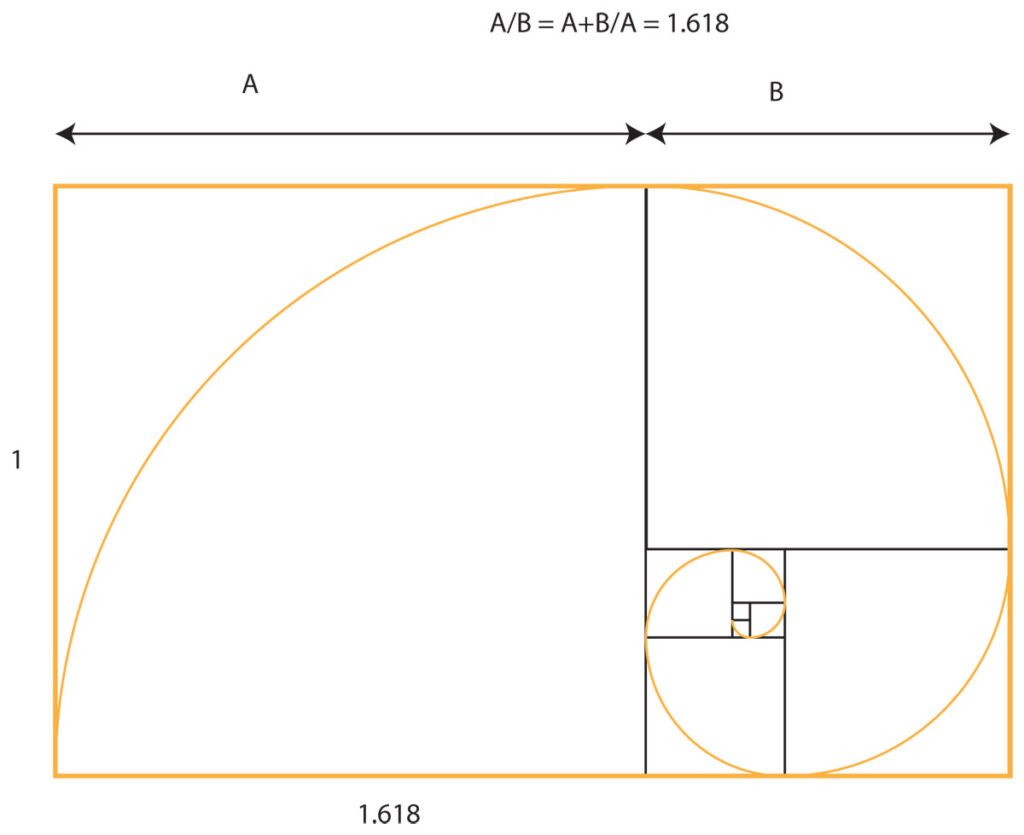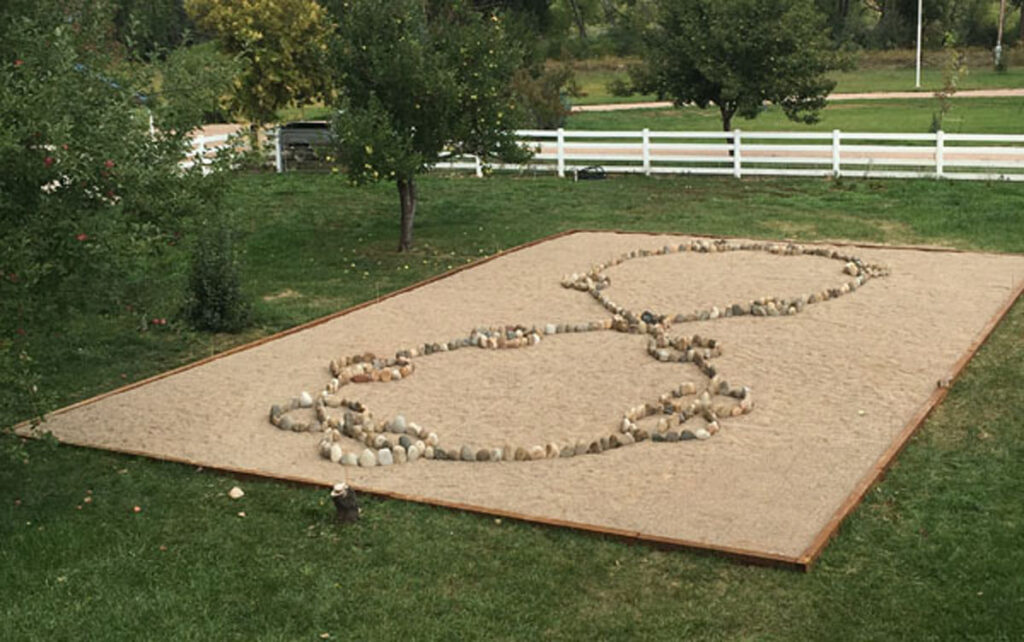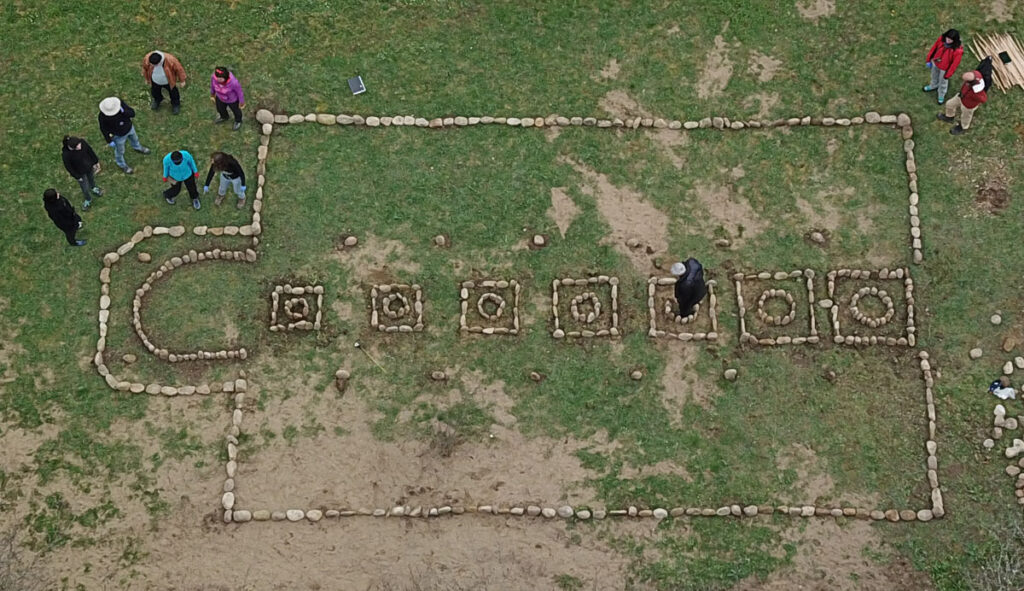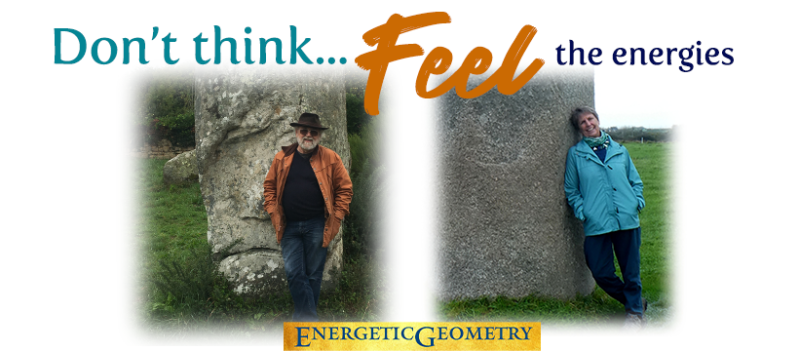
In this article, I’d like to explore how the Fibonacci spiral and the golden mean energetically work in structures.
Let’s begin with some history. In the 13th century an Italian mathematician, Leonardo de Pisa, better known today as Fibonacci, published a book called Liber Abaci. He introduced a number sequence that became known as the Fibonacci sequence. Starting with 0 and 1, each new number in the sequence is the sum of the two before it. 0, 1, 1, 2, 3, 5, 8, 13, 21, 34, 55, 89, 144, 233, 377…
The golden mean or the golden ratio is a special number found by dividing a line into two parts.
The longer part is divided by the smaller part and is also equal to the whole length divided by the longer part. Illustration #1 The Fibonacci sequence and the golden mean became linked together in the 1750s when Robert Simson realized that the ratio of each number sequence of the Fibonacci sequence approached with greater and greater accuracy the Golden Mean ratio of 1:1.6180339882. It is also known as the divine proportion, golden section, and phi. The Fibonacci sequence starts looking like phi by the time you divide 34 by 21 to get 1.619 and becomes more precise as the numbers get larger.
The history of the golden mean starts much earlier.
In Egypt, it was used to build Cheops' pyramid. It is important to note that pyramids were built for several known purposes; to be initiatory places and tombs. The Greeks also knew about the golden mean. Euclid wrote about it in his book Elements and linked the golden mean to the construction of the pentagram, and Plato described the golden mean “as the most binding of all mathematical relationships and the key to the physics of the cosmos.”
In the 1500s, Luca Pacioli published a book called Divine Proportions.
Leonardo da Vinci studied under Pacioli and used “divine proportions” in many of his paintings. During the Renaissance, artists and architects were inspired to use the golden mean in their paintings, sculptures, and sacred buildings. The proportions were said to be aesthetically pleasing, balanced, and spiritual.
The golden mean can also be found in the design of string instruments by the famous Stradivarius. He used the solar measurement of the place, something very common for builders and carpenters of this time to use (described a bit later in this article) and multiplied it by the golden mean (1.618) to construct his famous instruments.
In more modern times, Matila Ghyka wrote a book called Le Nombre d’Or in 1931 and because of this, the fascination with the golden mean and Fibonacci spiral was rekindled. Even though the golden mean has been used throughout history, its architectural use has been reserved for tombs and sacred buildings such as cathedrals, never for homes. Only in modern times can we find a few examples of architects using it in their designs of homes.
Why is this?
As we can see in any search on the internet, the golden mean and the Fibonacci spiral are connected to life, even spiritual life. They can be found in nature in the number of petals of flowers, the way the tiniest stem unfurls, in spirals in seashells, and more. The golden proportion of 1.618 is found in key proportions of the body in humans, animals, insects, and in DNA. Our perceptions of beauty support that phi is a factor in what we find attractive.
But what about the energetics behind the golden mean and Fibonacci spiral?
Do they have special qualities because of this link to life and the divine? To explore this question, we need to make some experiments. One current example of the use of the golden mean in architecture is a home designed by Spanish architect Angel Martiñez. He created a beautiful home and the couple who bought it loved it, but as time went on, they began leaving their house more infrequently. Their friends began to notice that the couple started losing weight and within two years they wouldn’t leave their home at all. It was so alarming that it became necessary for the couple to actually be extracted from their home.
Why would this happen to a house designed with so-called divine proportions?
The answer lies in what happens when we experience the energy of the golden mean first-hand in the body. My sacred geometry teacher, Dominique Susani, made experiments with 100’s of students over the years using the golden mean. The students, mostly architects, do extensive training to learn how earth energies and geometric forms feel in their bodies, so they can design structures appropriate for their intended use.
The experiment begins with a rectangle using the proportion of 1:1618, in which the students stand in the center to feel with their bodies the energy created with this proportion.
As part of the experiment, the students feel the energetics of another rectangle. This one is called a solsticial quadrilateral. It is a rectangle with its measurements based on the solar mandala of the place. These measurements are derived from the union between the sun (the solstice sunrise and sunset angles) and the Earth’s electromagnetic energy.
What happens with these two different rectangles?

With the golden mean rectangle of 1:1618 using with dimensions unrelated to the specific location, the connection with the Earth feels cut off. It is not grounded at all, and every single student understood physically—in their body—why, after two years, the couple living in the golden mean house wouldn’t leave. The rectangle was connected to spiritual matters and had no relationship to life on Earth.
In the other example, using the measurements of the solsticial quadrilateral of the place, the students all felt a strong connection to the Earth as well as a good connection to the cosmos. It was balanced and harmonious. This was because the measurements include both the cosmos and the Earth.
In another experiment, the Fibonacci spiral was used as the design inspiration for an energetic healing structure called a chakra path. It was designed with measurements from the solar mandala of the place using the Fibonacci spiral. Two other chakra path designs were part of the experiment too, a Lemniscate or figure-8 design and one with measurements of the solsticial quadrilateral of the place.


The results of this experiment were revealing.

The Fibonacci spiral was beautiful to look at but did not contain much energetic strength. The lemniscate, also beautiful, was very strong, in fact too strong for many people. The solsticial quadrilateral was strong, balanced, harmonious, and was the best of the three to align the energy system.
These experiments showed in both situations (the rectangles and the chakra paths) that there was a disconnection from the Earth clearly felt by each student. Also, the energy of the Fibonacci spiral was weak, it felt like it was missing something. To get a sense of this missing piece, look at the overlay of the Fibonacci spiral with a nautilus shell. Only part of the spiral in nature follows the Fibonacci sequence, then it becomes a completely different spiral as you can see in the illustration.

The golden mean works similarly when used as purely a mathematical number. Only when it is combined with the solar measurement of the place can a rootedness be found. For example, the golden mean employed by the artists in the Renaissance and by Stradivarius was connected to the solar measurements of the place and therefore had a connection to the Earth. On the other hand, the golden mean measurements employed to build tombs were meant to separate the physical or matter from the spirit, which is exactly what happens when there is no relationship to the earth in the calculations.
The golden ratio and the spiral within it are beautiful mathematical ratios and equations.
They are thought to be connected to the divine and to life all around us. The problem with the Fibonacci spiral is when we separate a piece of the actual living form from its entirety, part of its essential energy is lost. With the golden mean, when we don’t use a measurement connected to the Earth as they did during the Renaissance, we disconnect from the very energy that sustains us: the Earth. We are children of Earth and need this connection to manifest spirituality on Earth.



